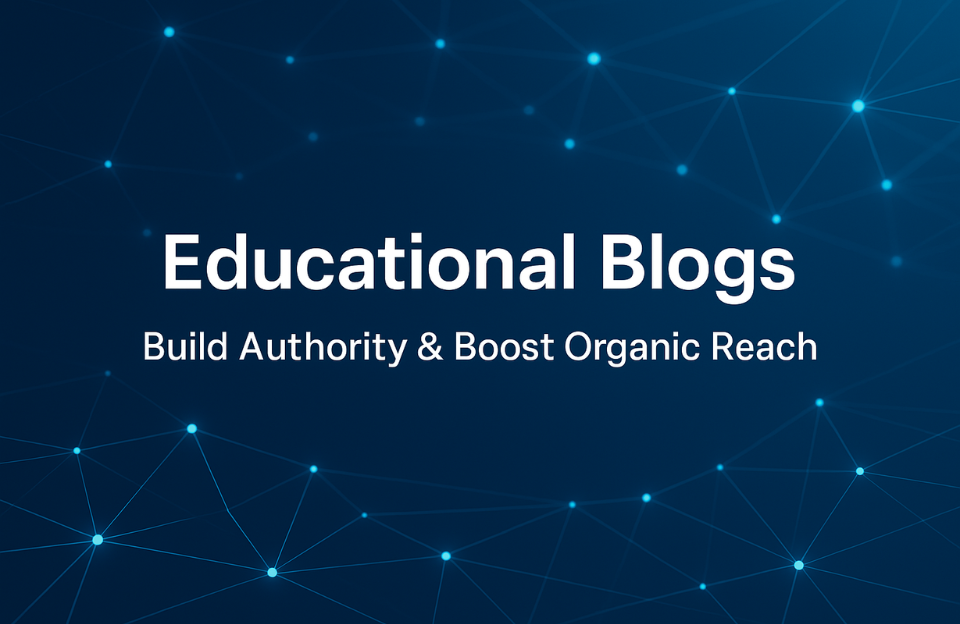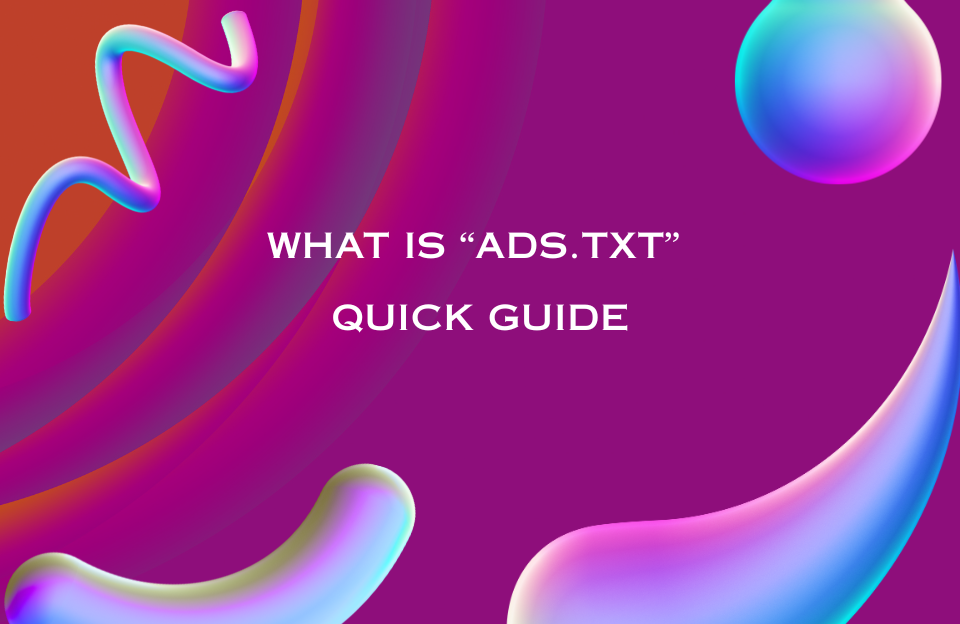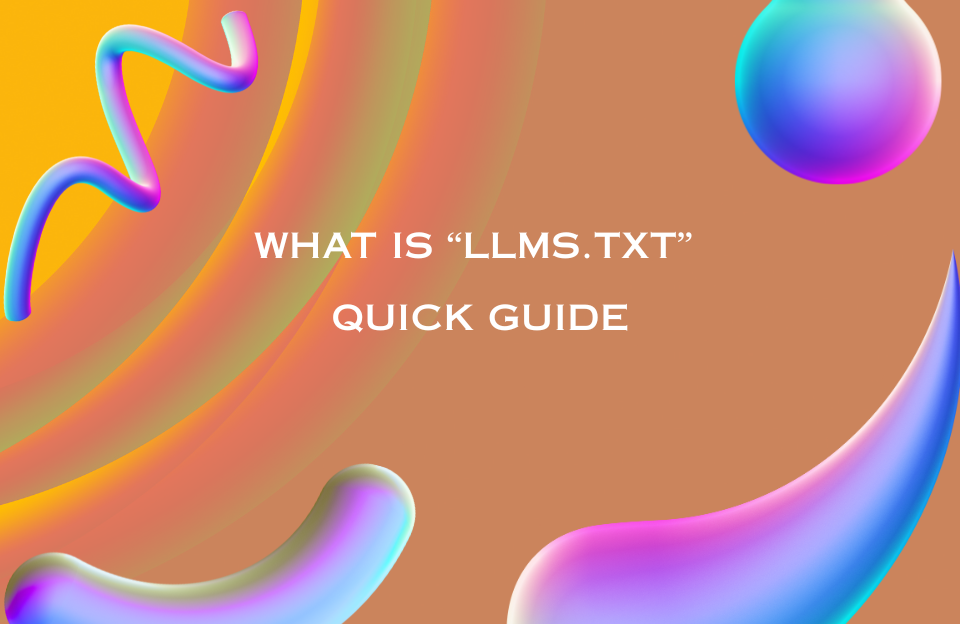Educational Blogs: How Informative Content Builds Authority and Organic Reach
In today’s competitive digital landscape, not every visitor is ready to buy—but almost all are looking to learn. That’s where educational blogs come in. As a cornerstone of top-of-funnel (TOFU) content, they provide real value up front, attract organic traffic, and position your brand as a credible voice in the industry.
But educational blogs aren’t just helpful for readers—they’re also powerful tools for SEO, audience building, and even AI discoverability.
What Are Educational Blogs?
Educational blogs are articles focused on teaching, explaining, or breaking down a concept, process, or problem in a way that’s clear and actionable for the reader. Rather than selling directly, they aim to:
- Answer common questions
- Solve early-stage problems
- Build foundational knowledge
These posts usually sit at the top of the customer journey, helping prospects who are researching—not yet ready to convert.
Examples:
- “What Is CRM Software and How Does It Work?”
- “The Beginner’s Guide to Paid Social Advertising”
- “How to Choose the Right ERP System for Your Business”
Why Educational Content Matters
📈 1. It Fuels Organic Visibility
Google rewards helpful, trustworthy content. By answering broad, high-volume questions with depth and clarity, you increase the chance of ranking for long-tail keywords and appearing in featured snippets.
🧠 2. It Builds Authority and Brand Trust
Consistently publishing informative content shows your audience (and Google) that you understand your niche. Educational blogs build thought leadership and prime readers for future conversion.
🔁 3. It Feeds Other Funnel Stages
A well-crafted TOFU blog can lead readers to mid-funnel content (MOFU), like:
- Case studies
- Product comparisons
- Webinars
- Lead magnets or email capture
🤖 4. It Supports AI Indexing and Context
AI-powered engines like Google SGE, Perplexity, and ChatGPT prefer content that is structured, informative, and consistent in tone. Educational blogs give AI clear context and semantic coverage around your main topics.
How to Create High-Impact Educational Blogs
- ✅ Start with a clear question or problem: What are readers trying to solve or understand?
- ✅ Structure your blog like a mini guide: Use headings (H2/H3), bullet points, and short paragraphs.
- ✅ Go beyond surface-level advice: Add examples, visuals, frameworks, or unique insights.
- ✅ Include internal links: Connect to related MOFU or BOFU content.
- ✅ Answer follow-up questions: Use tools like AlsoAsked, Semrush, or Google’s PAA to enrich your content.
Common Mistakes to Avoid
- ❌ Writing only what you want to say—instead of what users want to learn
- ❌ Treating TOFU content as an ad or sales page
- ❌ Leaving readers without a logical next step (no CTA or links)
- ❌ Targeting keywords with zero intent to learn (purely transactional terms)
Where Educational Blogs Fit in the Funnel
| Funnel Stage | Goal | Example Content |
|---|---|---|
| TOFU | Attract & educate | “What is X?” / “How to…” / “Beginner’s Guide to…” |
| MOFU | Nurture & compare | Case studies, comparisons, checklists |
| BOFU | Convert & decide | Product demos, testimonials, pricing pages |
Conclusion
Educational blogs are more than a traffic tactic—they’re a strategic way to earn trust, demonstrate expertise, and build a strong content ecosystem. When done right, they serve your audience and your SEO goals, nurturing future customers while signaling credibility to search engines and AI models alike.
Don’t just sell. Teach—and be remembered.




